5 cool things about the Porsche Mission X concept car
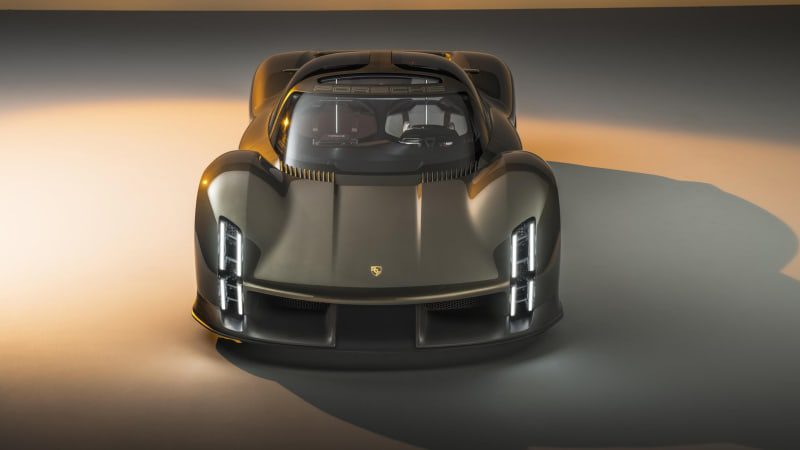
Porsche revealed its Mission X concept car last week, which is an idea of what a future Porsche electric super car could look like. And while it’s stunning taken from afar, as well as on paper with what few statistics Porsche would share, it’s chock full of fun details. Porsche designers took us through them, and we’ve highlighted some of the coolest features for your perusal.
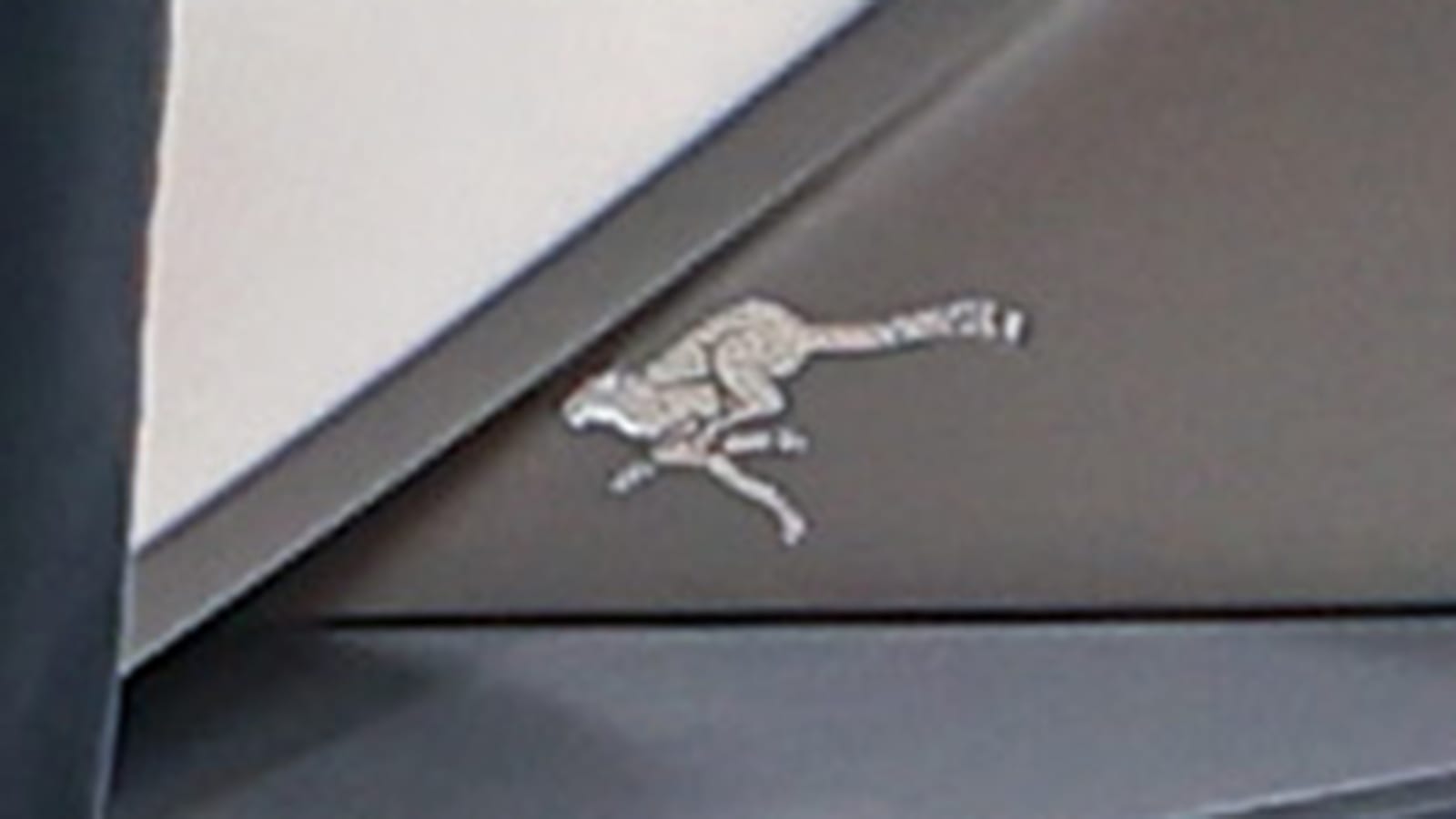
It has an animal mascot
Tucked away ahead of the rear wheels, there are stickers of a cheetah in full sprint. It’s something of an unofficial mascot for the car, chosen because it’s fast and lightweight, the way Porsche wants the Mission X to be. It’s also the continuation of a little tradition that’s cropped up among Porsche designers of adding animals to its designs. The Vision 357 concept has a dinosaur on it to represent the fact it’s sort of the last of its kind; inspired by old models and still runs on an internal combustion engine. And the Mission R concept featured a wild boar, perhaps because it’s a wild racing machine.
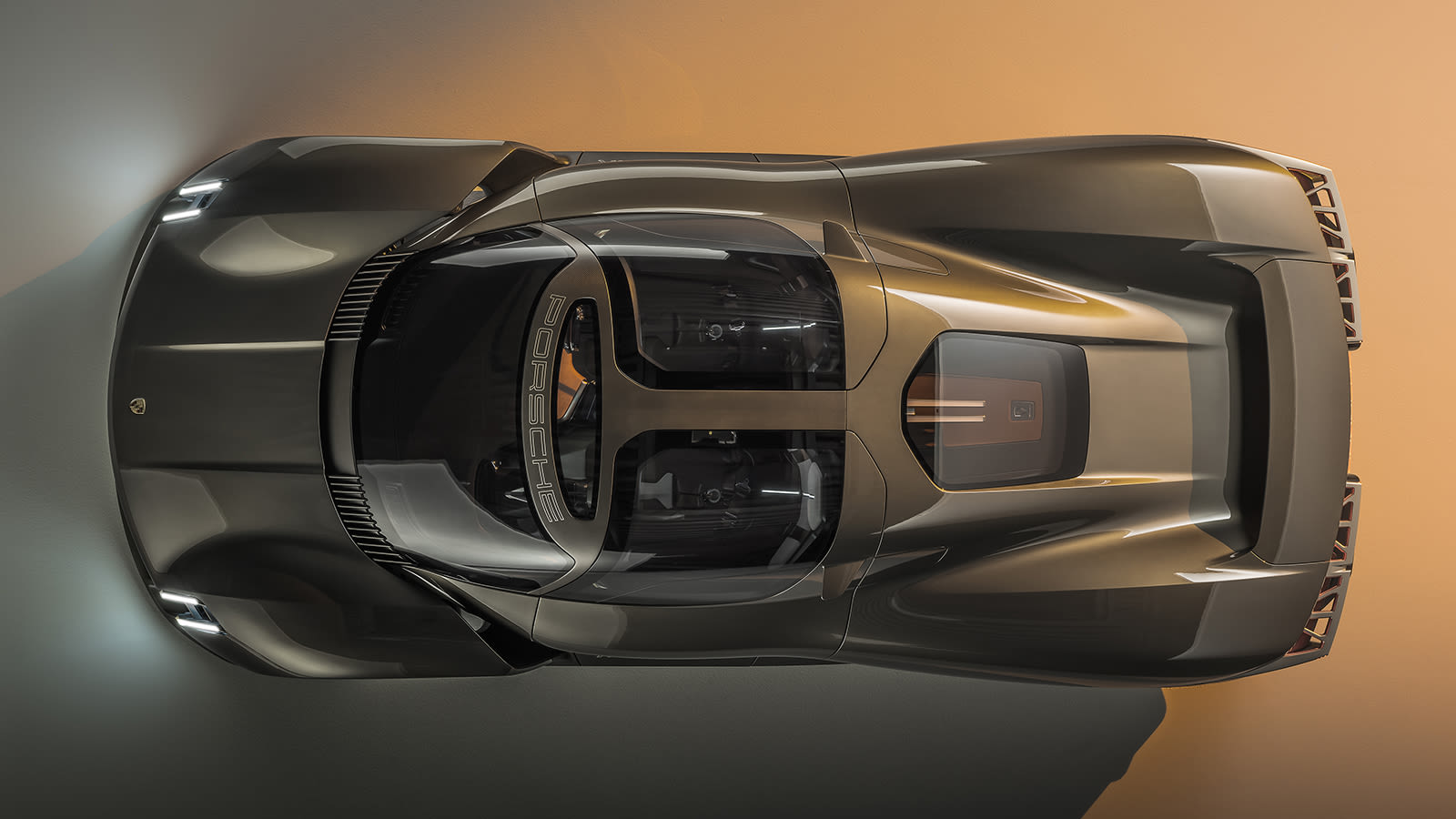
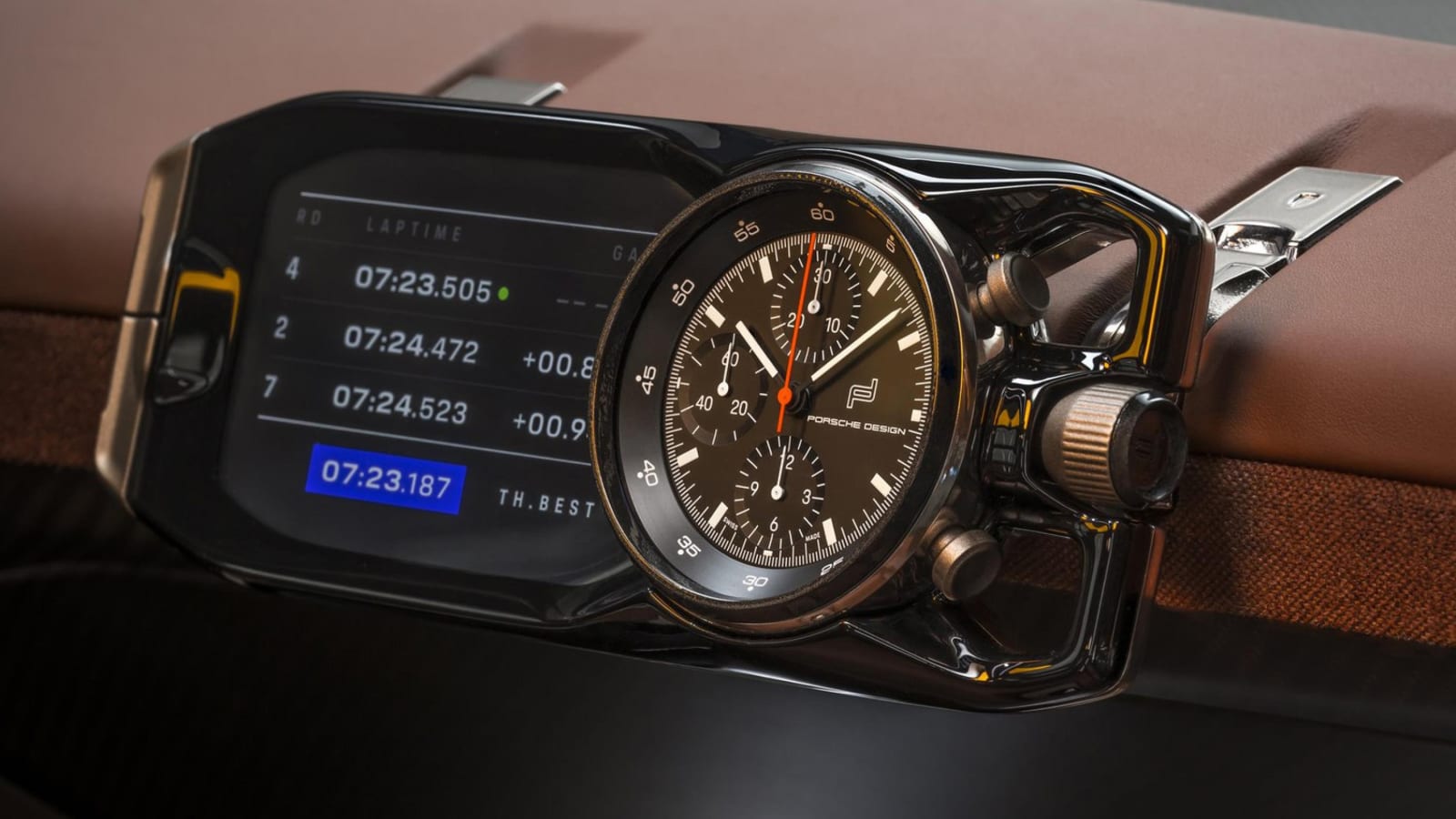
There’s motorsports inspiration everywhere
The overall shape of the Mission X definitely has some similarities to Porsche race cars both new and old, but it goes deeper than that with little details everywhere. The headlights for instance have a more vertical look akin to prototype and hypercar-class race cars. There’s an extra piece of glass above the windshield Porsche calls the “Daytona” window that’s a throwback to a version of the 917 modified with the same type of visibility aid. In front of the passenger, there’s a screen and analog clock used for timing (and which can be removed from the car) just like with rally cars.
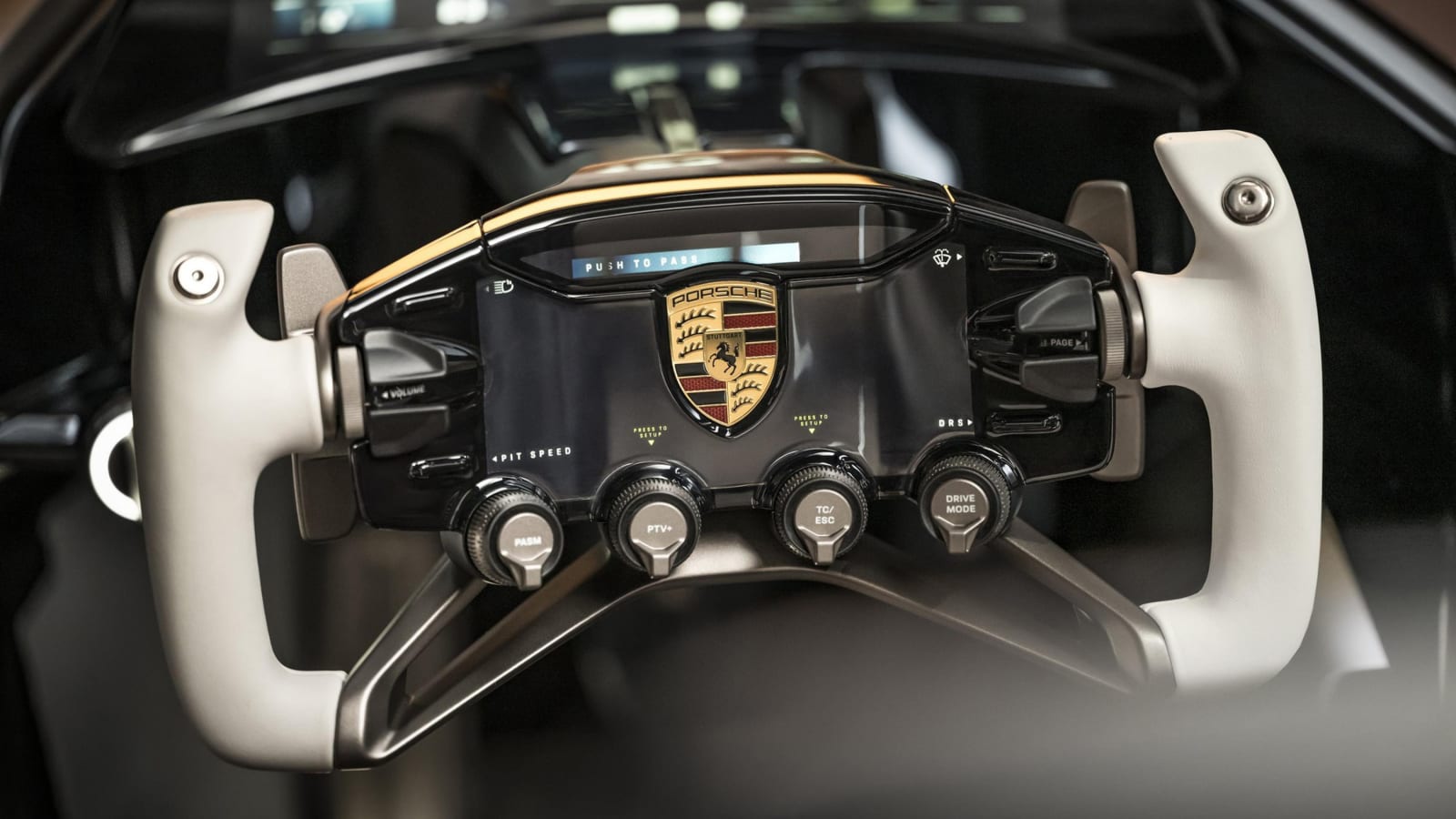
The driver has remarkable control of the brakes
One of the mysterious features of the Mission X upon reveal were the paddles on the steering wheel. Usually that’s for shifting, and most electric cars only have one speed. That’s not a hard and fast rule, the Porsche Taycan actually has two speeds. But it seemed unlikely the paddles were for changing gears. That turns out to be true. The paddles on the left, like with many electric cars, controls the strength of the regenerative braking. So what about the paddles on the right? They also control braking, but they adjust the brake balance of the physical brakes front and rear.
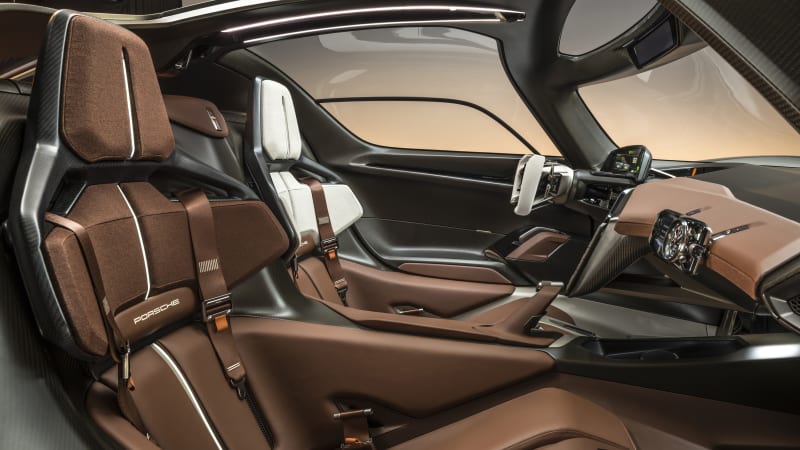
It’s ready for your racing gear
The Mission X isn’t an outright race car. In fact, the Porsche designers noted that the metallic gray color was partly chosen to evoke more of a luxury sports car than a race car. But that doesn’t mean it’s not ready for track duty. The designers noted that the buttons for things like climate control on the side of the infotainment screen are large enough that they’re easy to use with racing gloves on. The seats are really more sets of pads stuck on the back of the cabin. Not only can they be swapped out for custom pieces made to fit the driver’s body precisely, but the head section can be left out entirely to make room for your head when wearing a helmet.
There’s a reason it has a mid-engine design, despite the lack of an engine
The Mission X has a fairly classic mid-engine shape and proportions. That’s interesting because, being electric, there’s not an engine that sits in the middle. But as it turns out, Porsche has fitted the batteries behind the occupants. Now we don’t know the exact shape, size and layout of the battery pack, so it’s possible that there’s some other stuff and maybe even cargo space between the back of the car and the battery pack, but that does contribute somewhat to the shape of the car. Of course, there’s also the fact that the shape is classic and looks great.
Related video:



